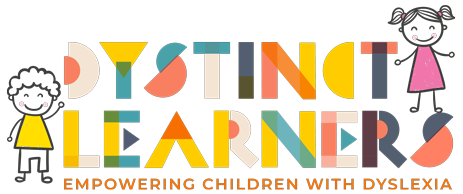Decoding Dyslexia: Understanding the Basics
Dyslexia is a word that most people have heard of but only a few understand it beyond the label. This blog post aims to define what dyslexia means, how it affects learning and schooling systems as well as debunk some widely held myths about this condition.
What is Dyslexia?
According to DSM-5, dyslexia is a specific learning disorder in basic reading skills such as accurate and fluent word recognition, reading comprehension, or spelling abilities which are not due solely to lower intellectual capacities or inadequate instruction. In other words; dyslexics find it hard to process language because they struggle to associate letters with their sounds and then blend those sounds into words. It’s important to note that dyslexic individuals have normal intelligence levels and often excel in areas unrelated to traditional academics.
Impacts on Learning
Although people experience dyslexia differently there are common problems associated with this condition:
- Phonological Awareness: Being unable to identify and manipulate speech sounds.
- Decoding: Having difficulty matching letters with their sounds and then blending them into words.
- Fluency: Slow laborious reading that hampers understanding due to lack of automaticity in word recognition.
- Spelling and Writing: Making frequent spelling errors while struggling with organizing thoughts during written expression.
Thus unless appropriate instructional strategies are implemented traditional classroom settings may not favor students with dyslexia.
Myths About Dyslexia
Misconception |
Fact |
|---|---|
| It Is An Indicator Of Low Intelligence | Dyslectic tendencies can be found among individuals at all intellectual levels; many gifted persons have been diagnosed with this condition too. |
| You Can Grow Out Of It | Once a person is born with dyslexia, they will always be dyslectic. However, through intervention measures like special teaching methods that cater to their unique learning needs, such individuals can learn how to cope with the symptoms better. |
| It’s All About Letter Reversal | Dyslexia is a complex condition which results in different cognitive difficulties including but not limited to decoding problems, phonological processing deficits, and sometimes visual perception challenges. Letter flipping or rotating is just one sign among many others. |
| There Are No Effective Treatments For It | There may be no cure for dyslexia, but there are effective interventions designed specifically for people diagnosed with this disorder. One example of these evidence-based approaches is the Orton-Gillingham method which uses structured literacy programs. |
Support and Understanding Matter Most
Early identification of dyslexic signs together with implementing supportive educational practices can change somebody’s life forever if they know what to do about it. Teachers, parents as well classmates need be patient enough when dealing with learners who have difficulty reading so that they get enough confidence and skills in them hence success becomes inevitable.
The first step towards helping those who experience learning differences often lies in understanding them better – this holds true even more so when talking about dyslexia. By demystifying misconceptions around this subject while at same time increasing awareness levels within our communities; we will eventually create schools where every child thrives regardless his/her preferred mode(s) of acquiring knowledge.
